Pulses sticking activity offers a fun and engaging way for students to learn while fostering their creativity and fine motor skills. Whether creating pulses charts for school projects or exploring grain art, this activity provides an exciting hands-on experience. Using various types of pulses like lentils, beans, and chickpeas, students can glue them onto paper or cardstock to form vibrant patterns, mosaics, or collages.
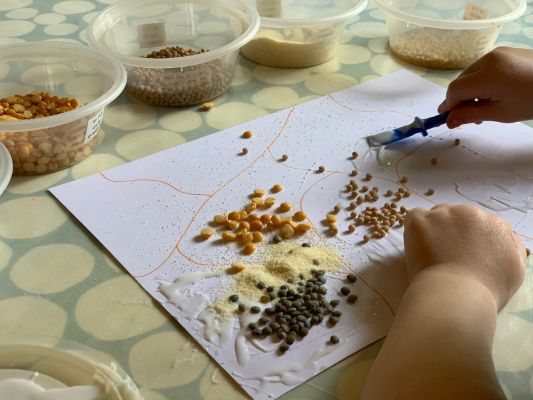
Not only does this activity enhance hand-eye coordination and cognitive skills, but it also encourages students to explore the nutritional value of pulses. With the pulses sticking activity, students can delve into a world of learning and self-expression, making education interactive and enjoyable.
If you want your kids to remain attached to nature, let them explore by every means. You can also teach them Easy Nature Collage For Kids.
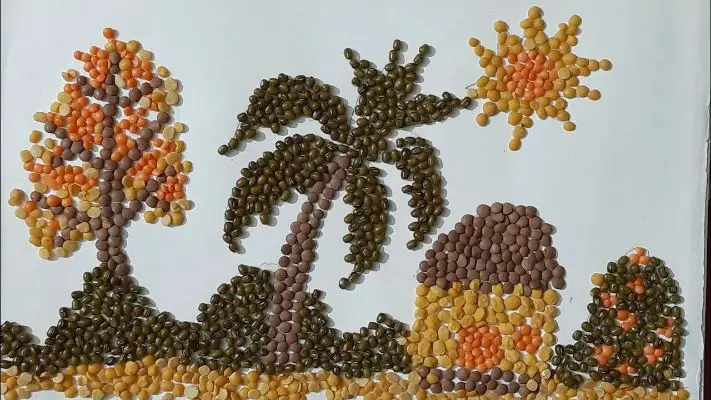
10 Pulses Sticking Activity for School Projects
Nutritional Value Chart
Create a visually appealing chart showcasing different pulses and their nutritional values. Students can arrange pulses on a poster board, glue them, and label each pulse with nutritional information. This activity promotes awareness of healthy eating and the importance of incorporating pulses into a balanced diet.
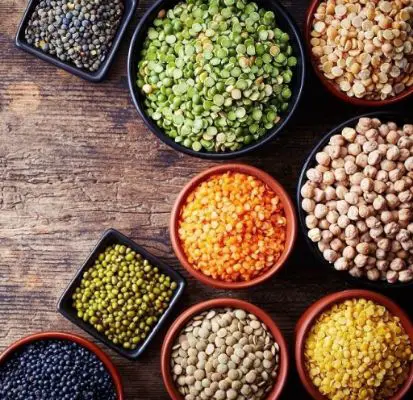
Pulses Pattern Cards
Design a set of pattern cards using various pulses. Each card will have a specific pattern or design; students must replicate the pattern using the corresponding pulses. This activity enhances visual perception and pattern recognition skills while fostering creativity.
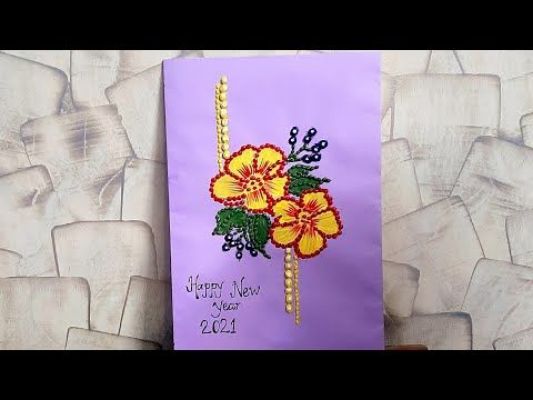
Sorting Game
Provide students with a variety of pulses and different sorting categories, such as color, size, or type. Students can sort the pulses into the appropriate categories by sticking them onto a sorting mat or chart. This activity improves classification skills and encourages critical thinking.
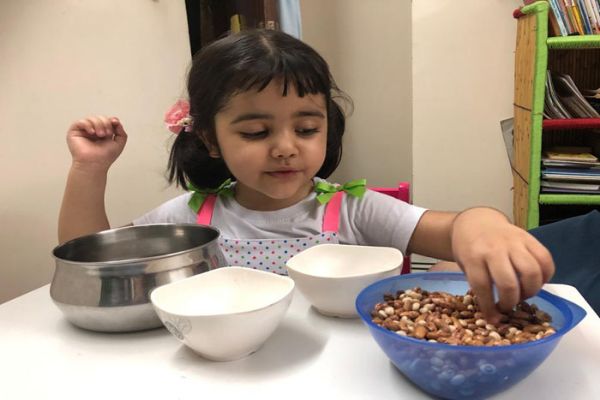
Life Cycle Collage
Explore the life cycle of pulses by creating a collage. Students can arrange pulses sequentially, depicting the stages of germination, growth, flowering, and seed production. This activity combines science and art, promoting an understanding of plant life cycles.
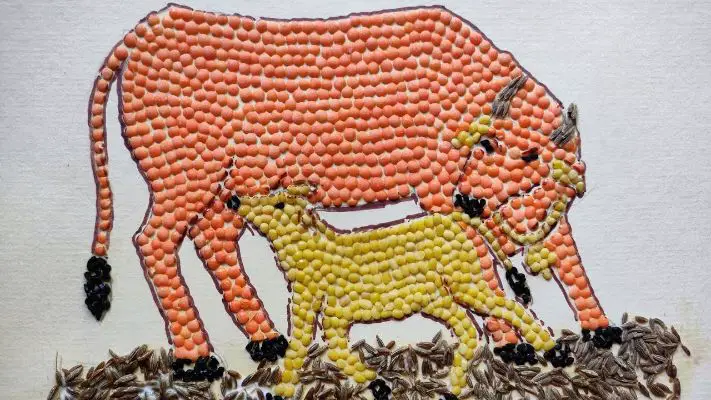
World Map
Students can create a world map using different pulses representing countries or continents. Each pulse corresponds to a specific location, and students can stick them onto a large map or poster board to visually represent global pulse production and consumption.
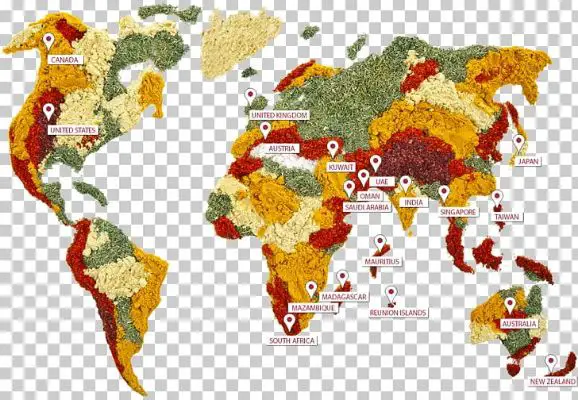
Recipe Booklet
Encourage students to explore culinary creativity by designing a pulse recipe booklet. They can stick pulses onto recipe cards and include instructions for preparing delicious and nutritious pulse-based dishes. This activity promotes healthy eating habits and enhances literacy skills.
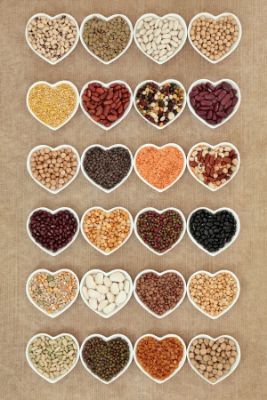
Math Puzzles
Create math puzzles using pulses as manipulatives. Students can stick pulses onto a grid or worksheet to solve mathematical problems like addition, subtraction, multiplication, or division. This activity makes math learning interactive and engaging.
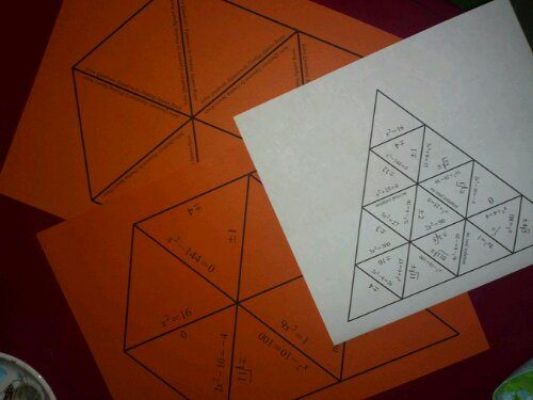
Alphabet Art
Assign each student a letter of the alphabet and ask them to create an art piece using pulses that start with that letter. For example, for the letter “B,” students can use black beans and chickpeas to form the shape of a butterfly. This activity reinforces letter recognition and promotes creativity.
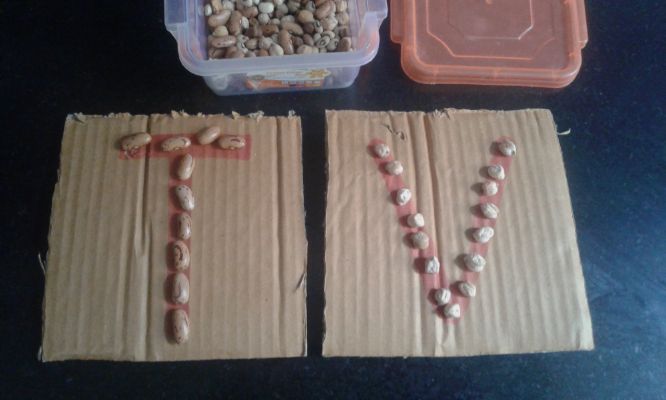
Storyboard
Encourage storytelling by having students create a storyboard using pulses. They can stick pulses onto panels to represent characters, scenes, or events from a story. This activity enhances narrative skills and encourages imagination.
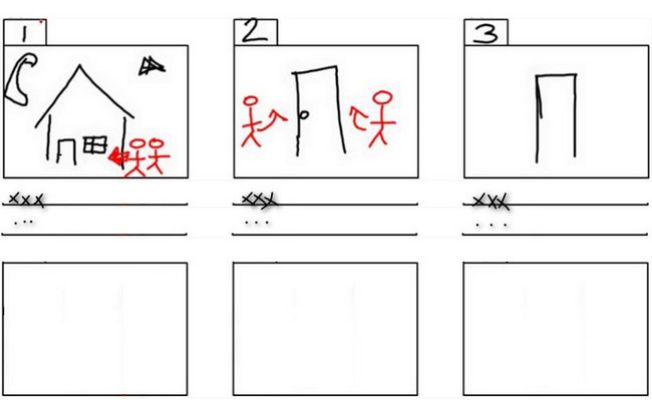
Environmental Awareness Display
Raise awareness about the environmental benefits of pulses by creating a display. Students can use pulses to represent elements like trees, clean water, and wildlife, emphasizing how pulses contribute to sustainable agriculture and a healthier planet.
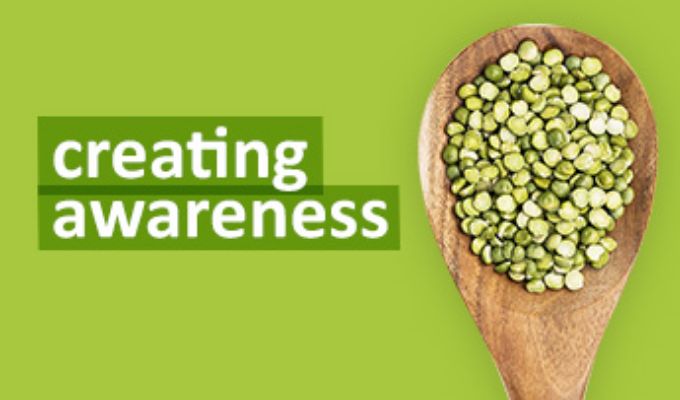
Creating a Pulses Chart – Step-By-Step Guide
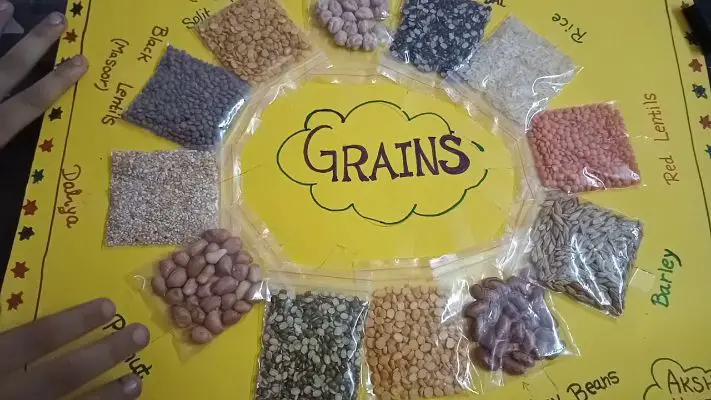
A pulses chart is an effective way to represent different types of pulses and their nutritional values visually. Follow these step-by-step instructions to create your pulses chart for a school project or educational display.
Materials Needed:
- Poster board or large sheet of paper
- Different types of pulses (lentils, beans, chickpeas, etc.)
- Glue or adhesive
- Markers or colored pencils (optional)
- Labels or index cards (optional)
Step 1: Prepare Your Chart Layout
- Start by selecting a poster board or a large sheet of paper as the base for your chart.
- Decide on the orientation (horizontal or vertical) and the chart size.
- Consider dividing the chart into sections for different categories or types of pulses.
Step 2: Gather the Pulses
- Collect a variety of pulses that you want to include in your chart.
- Choose different types, sizes, and pulses colors to create visual interest and variety.
- It’s helpful to have various pulses representing common varieties, such as lentils, kidney beans, chickpeas, and black-eyed peas.
Step 3: Arrange and Glue the Pulses
- If desired, start by sorting the pulses into categories, such as color, type, or size.
- Begin placing the pulses on the chart, starting from one corner or section.
- Experiment with different arrangements and patterns to create an aesthetically pleasing design.
- Once satisfied with the arrangement, apply glue or adhesive to the back of each pulse and firmly press it onto the chart.
- Continue this process until you have placed all the pulses on the chart.
Step 4: Add Labels or Information (Optional)
- If desired, you can include labels or index cards with additional information about each pulse type.
- Write the name of each pulse and any relevant nutritional details or interesting facts on the labels or index cards.
- Attach the labels to the corresponding pulse on the chart using glue or adhesive.
Step 5: Enhance the Chart (Optional)
- To make your chart more visually appealing, consider using markers or colored pencils to add borders, outlines, or decorative elements.
- You can also add headings or titles to the chart using colorful lettering.
Step 6: Display and Share
- Once your pulses chart is complete, allow the glue to dry completely.
- Find a suitable location to display your charts, such as a classroom wall, bulletin board, or presentation area.
- Share your chart with classmates, teachers, or others interested in pulses.
10 Pulses Sticking Activity for Grain Art
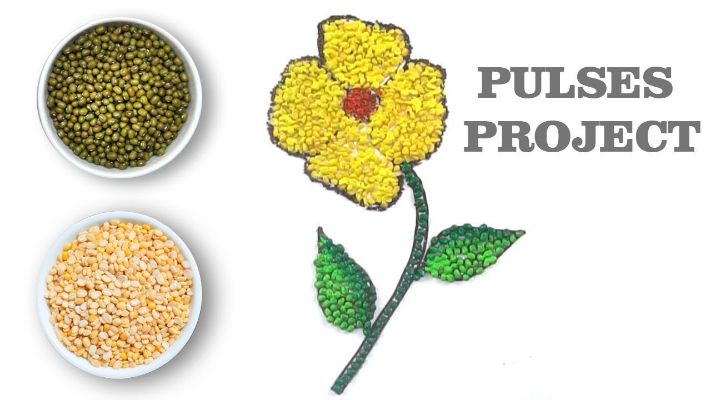
Grain Mosaic Collage
Create vibrant and textured collages using various grains, such as rice, quinoa, and millet, to form beautiful mosaic patterns and images.
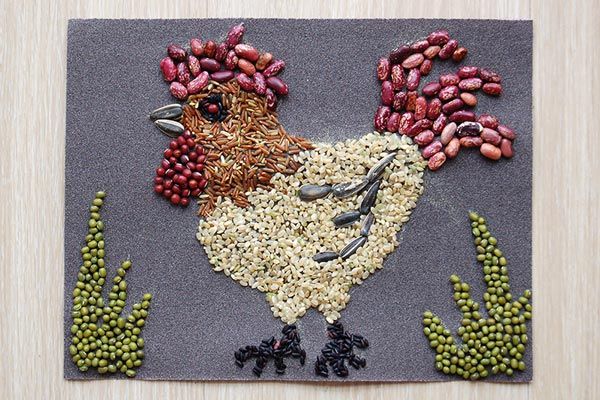
Grain Mandala Art
Design intricate and symmetrical mandala patterns using different types of grains, allowing students to explore mindfulness and focus while creating stunning artwork.
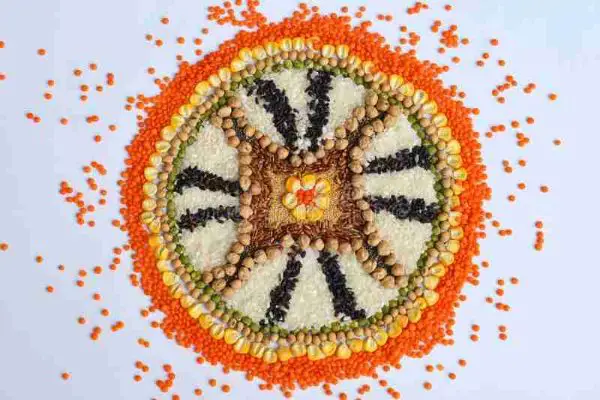
Grain Sculptures
Construct three-dimensional sculptures by gluing grains together, encouraging students to experiment with shapes and structures using grains like wheat, barley, or corn kernels.
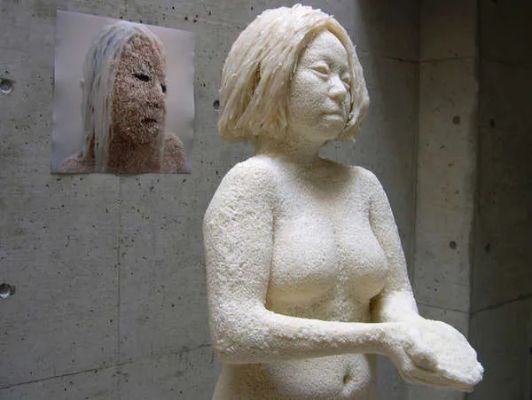
Grain Landscape Painting
Use grains as an unconventional medium to create landscapes by gluing and arranging grains to represent elements like fields, mountains, and rivers for a unique textured effect.
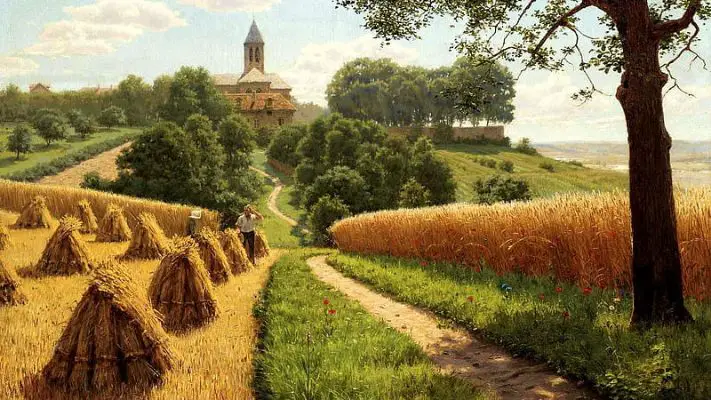
Grain Collage Portraits
Create portraits using a combination of grains and other art materials, allowing students to explore textures, colors, and expressions while showcasing the versatility of grains in art.
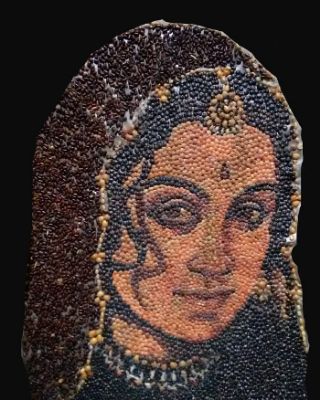
Grain Still-Life Composition
Arrange different grains alongside objects like fruits or flowers to create a still-life composition, allowing students to practice observation skills and composition techniques.
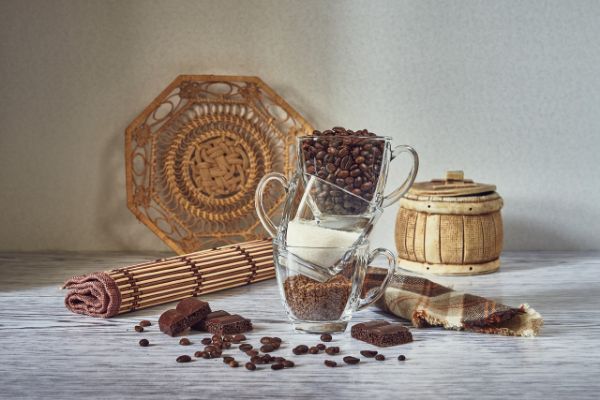
Grain Stained Glass Art
Glue colored grains onto translucent paper or acetate sheets, creating stunning stained glass-like artworks with the grains acting as vibrant mosaic pieces.
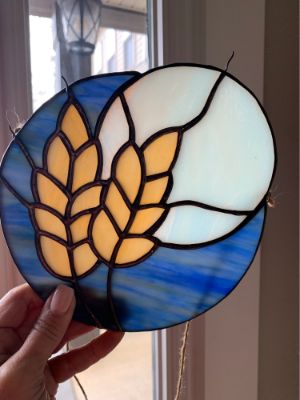
Grain Typography Art
Use grains to form letters and words, exploring typography and calligraphy techniques while creating visually appealing grain-based art pieces.
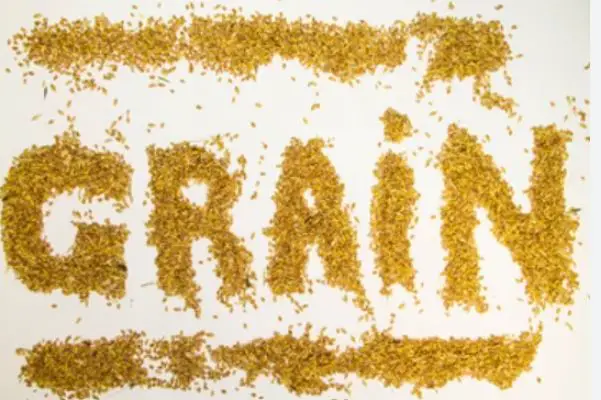
Grain Collage Storytelling
Stick grains onto a canvas or paper to depict scenes or characters from a story, allowing students to unleash their imagination and create narrative-based grain collages.
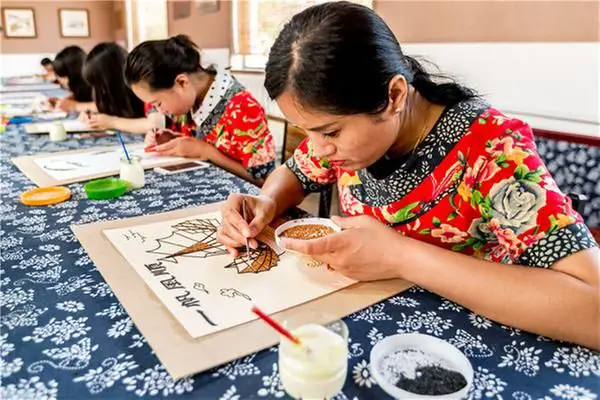
Grain Abstract Art
Encourage students to explore their creativity by arranging grains in abstract patterns and shapes, allowing for open interpretation and experimentation in grain-based abstract artwork.
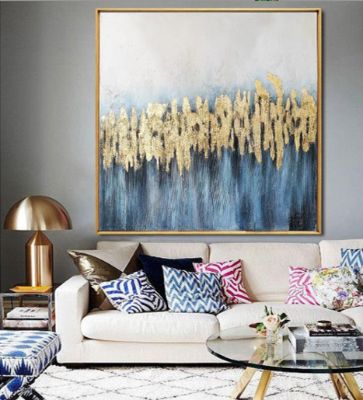
10 Incorporating Pulses into School Projects
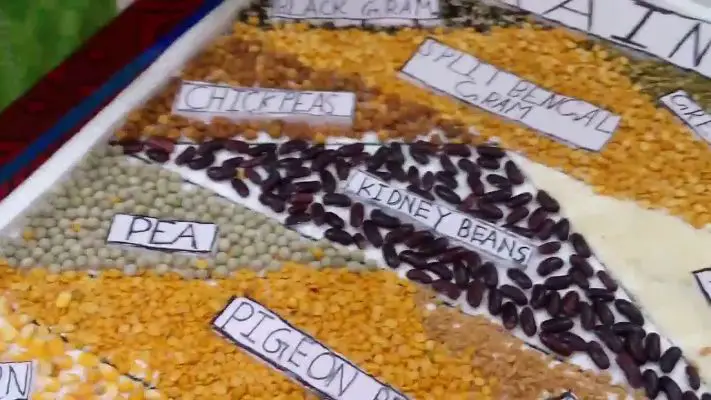
Science Fair Project
Experiment to compare the growth of plants fertilized with pulses versus those without, exploring the role of pulses in plant nutrition and soil health.
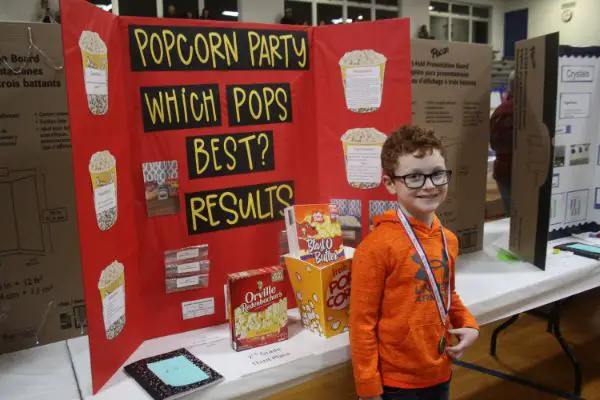
Math Data Analysis
Collect data on the prices of different pulses over a while and create graphs and charts to analyze trends, introducing students to concepts like data interpretation, averages, and plotting.
Social Studies Cultural Project
Research the cultural significance of pulses in various regions worldwide, exploring their role in traditional cuisines, economies, and agricultural practices.
Language Arts Persuasive Writing
Write persuasive essays advocating for the inclusion of pulses in school lunches, highlighting their nutritional benefits, environmental impact, and affordability.
Geography Mapping Project
Create maps that illustrate the distribution of pulse production across different countries or continents, examining the factors contributing to variations in pulse cultivation.
Environmental Science Research
Investigate the environmental benefits of pulse crops, such as their nitrogen-fixing properties and water efficiency, and present findings on how pulses contribute to sustainable farming practices.
Health Education Poster
Design informative posters about the health benefits of consuming pulses, including details on their high protein and fiber content and their role in managing chronic diseases.
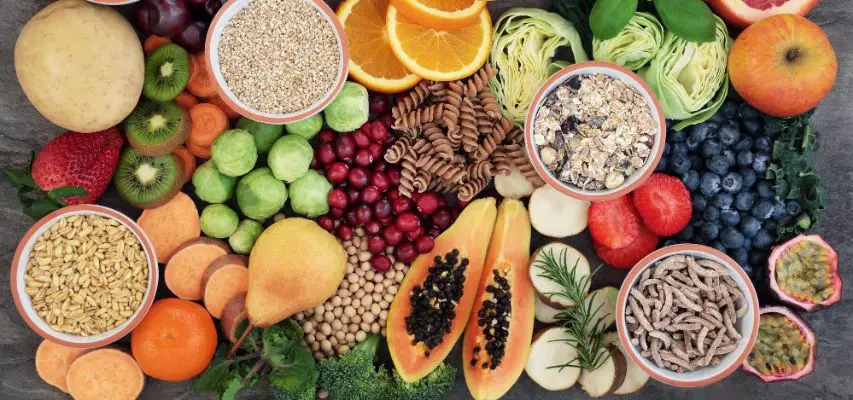
Home Economics Recipe Development
Develop new pulse-based recipes that cater to specific dietary restrictions or cultural preferences, exploring creative ways to incorporate pulses into meals and snacks.
Business Studies Marketing Project
Develop a marketing campaign for a pulse-based product, considering target demographics, branding, packaging, and promotional strategies to raise awareness and promote consumption.
Visual Arts Mixed Media Project
Create mixed media artworks using pulses as a primary element, combining them with other materials like paint, fabric, or recycled materials to explore texture, composition, and sustainability.
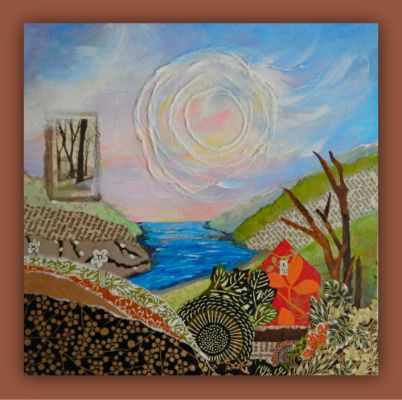
10 Pulse Pasting Activity
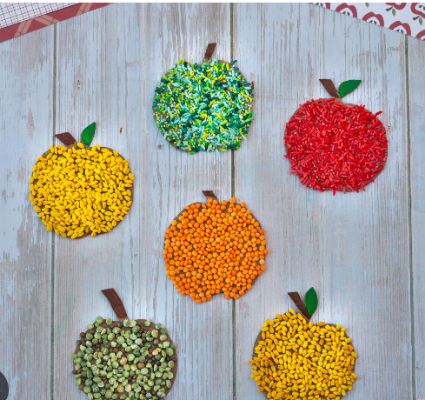
Pulse Collage Self-Portraits
Participants can create self-portraits by pasting pulses onto a canvas or paper, using different pulses to represent various facial features and textures.
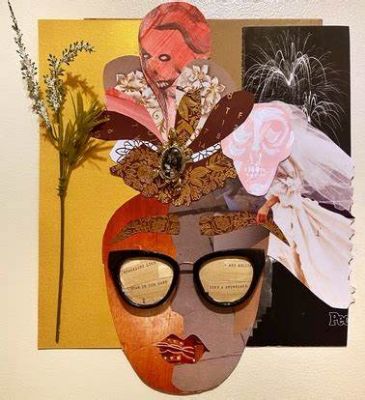
Pulse Name Art
Kids and adults can arrange pulses to form the letters of their names, creating personalized art pieces that showcase their creativity and individuality.
Pulse Animal Silhouettes
Participants can choose and fill an animal silhouette with pulses, creating textured and visually striking artwork that celebrates nature and animals.
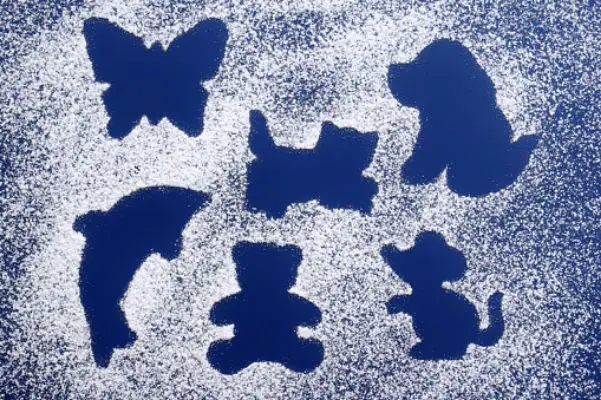
Pulse Flower Bouquets
Using different colored pulses, kids, and adults can create vibrant and unique flower bouquets by pasting pulses onto paper or cardstock, allowing for imaginative and colorful floral arrangements.
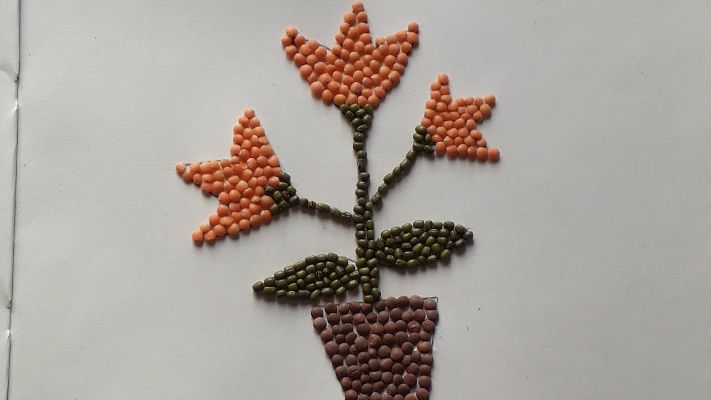
Pulse Mandala Designs
Participants can create intricate mandala designs by arranging pulses in circular patterns, exploring symmetry, and mindfulness while enjoying the meditative process of pulse pasting.
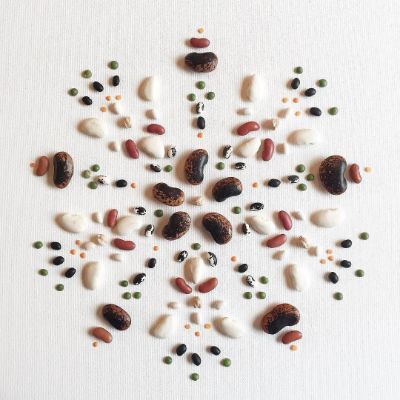
Pulse Storybook Illustrations
Kids can paste pulses to represent characters, settings, and objects from their favorite stories, bringing the narratives to life through pulse-based illustrations.
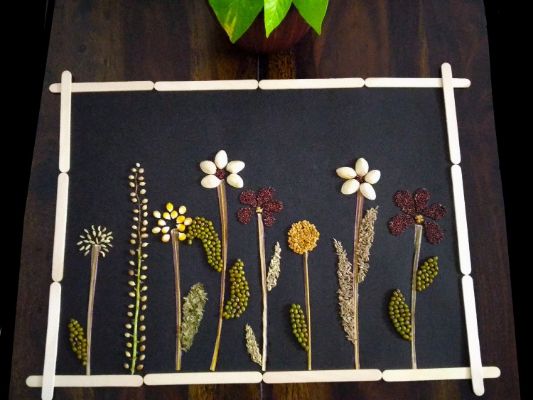
Pulse Collage Landscapes
Participants can create beautiful landscapes by pasting pulses to form elements such as mountains, trees, and bodies of water, allowing for imaginative and nature-inspired artwork.
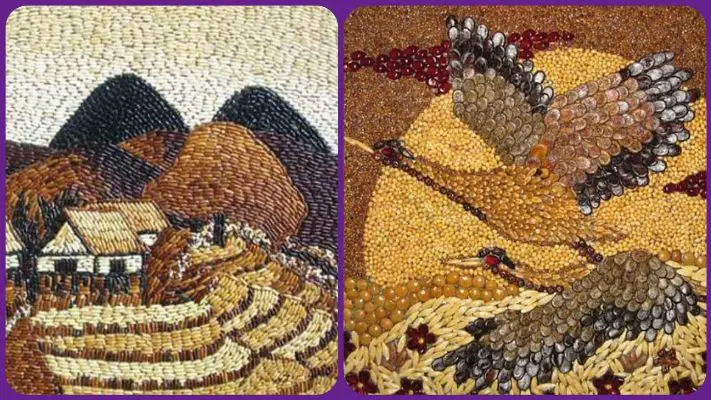
Pulse Emoji Art
Kids and adults can use pulses to create emoji faces on paper or cardstock, exploring emotions and expressions through pulse-based art.
Pulse Geometric Patterns
Participants can arrange pulses to form geometric patterns, exploring symmetry, repetition, and design principles while creating visually appealing and abstract pulse-based art.
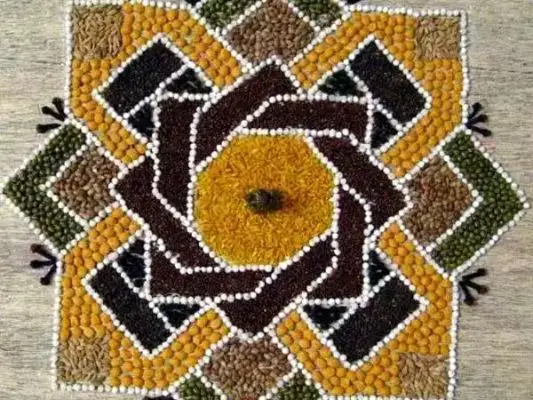
Pulse Inspirational Quotes
Participants can create art pieces with inspirational quotes by pasting pulses onto a canvas or paper, combining uplifting words with textured and visually appealing pulse designs.
10 Showcasing Pulses Sticking Activity Images
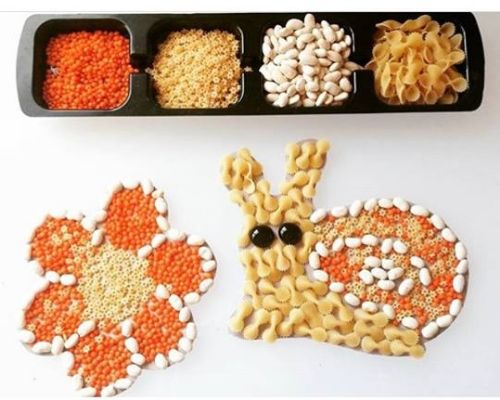
Colorful Pulses Chart
An image showcasing a visually appealing pulses chart with different types of pulses arranged in vibrant patterns on a poster board.
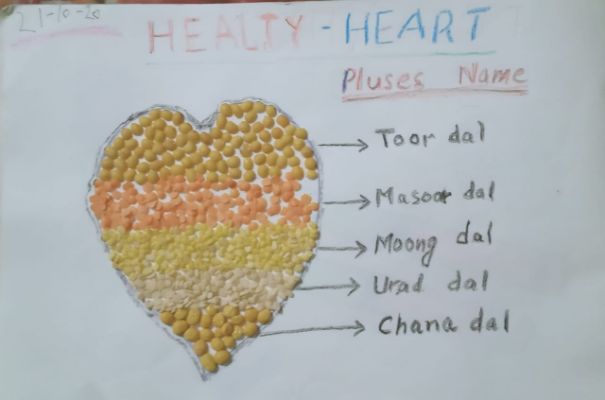
Pulse Mosaic Artwork
A photograph featuring a mosaic artwork created using various pulses, demonstrating the intricate details and textures achieved through pulses sticking activity.
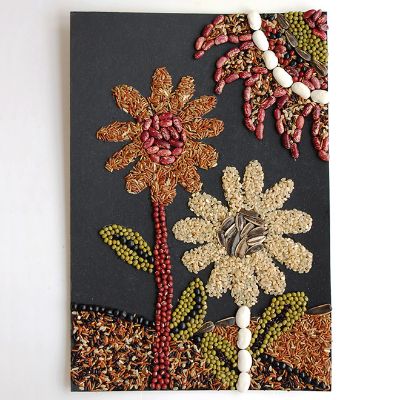
Pulse Collage Portrait
An image displaying a portrait created by sticking pulses onto a canvas, highlighting the unique and creative use of pulses to form facial features and textures.
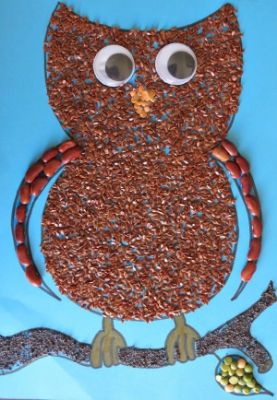
Pulses Stained Glass Art
A picture showcasing pulses sticking activity where pulses are arranged to create a stained glass effect, revealing vibrant colors and patterns.
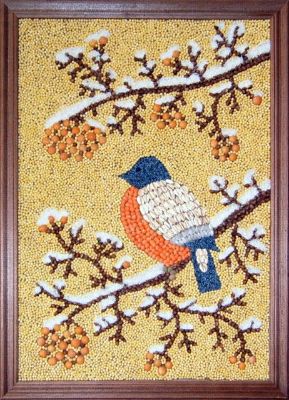
Pulse Landscape Art
An image capturing a landscape artwork made by pasting pulses onto paper or cardstock, depicting elements such as trees, mountains, and fields.
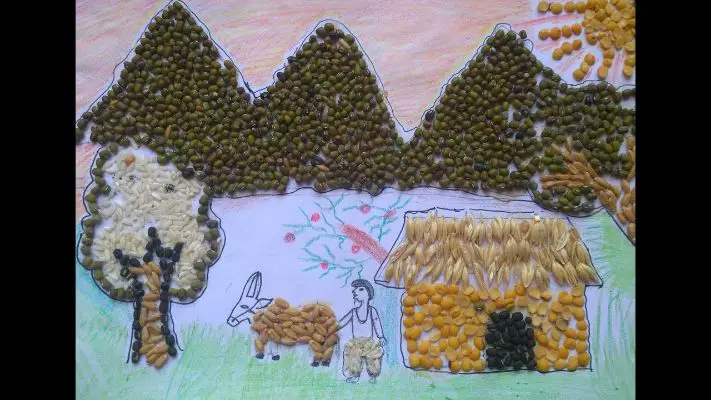
Educational Pulses Chart
A photograph displays a chart created for educational purposes illustrating different pulses and their corresponding nutritional values.
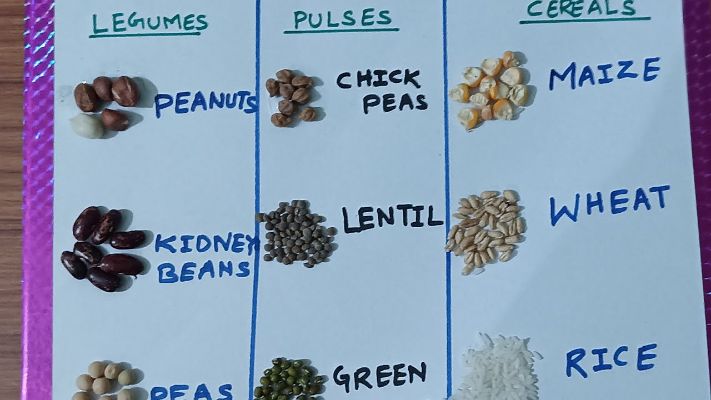
Pulse Art Gallery Display
An image showcasing a gallery-style display of various pulse-based artworks, demonstrating the versatility and creativity of pulses sticking activity.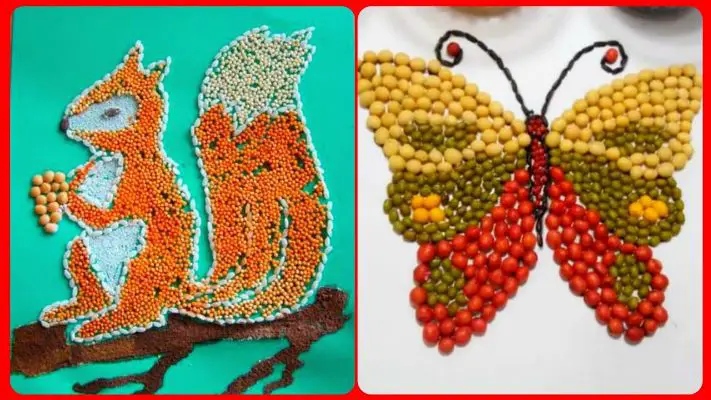
Conclusion
Pulses sticking activities provide an engaging and creative way for kids and adults to explore the versatility of pulses in art projects. From dynamic charts and mosaics to textured collages and sculptures, these activities promote artistic expression, fine motor skills, and awareness of the nutritional value of pulses. By incorporating pulses into various projects, participants can enjoy creating visually appealing artwork while learning about the significance of pulses in different aspects of life.
